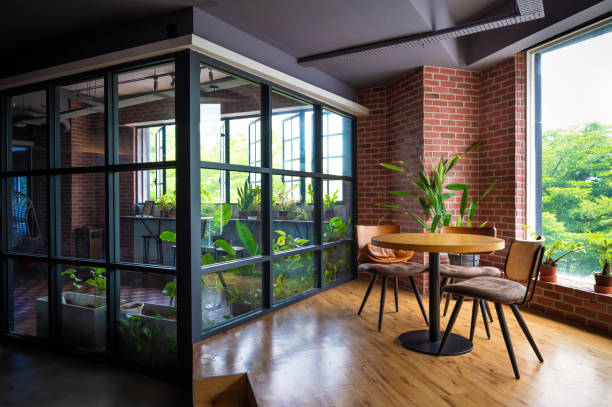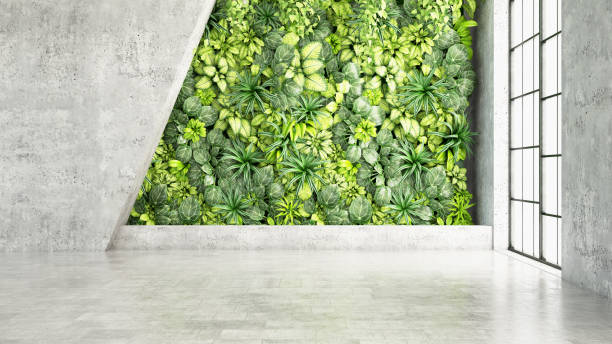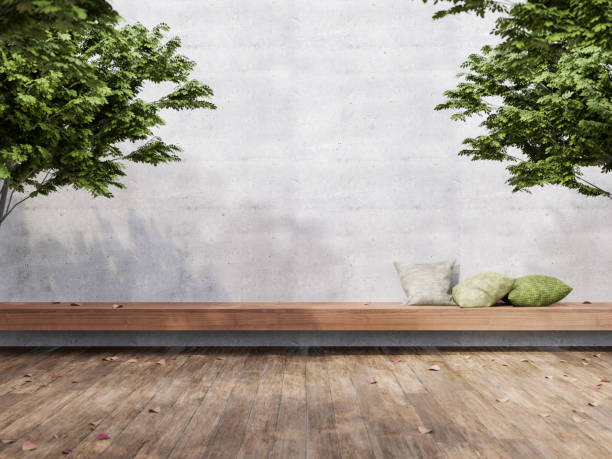Concrete is a building material composed of cement, gravel, sand, and water. The world’s most used building material, concrete, is produced in an estimated 10 billion tons each year. Additionally, concrete is the most frequently used building material globally for projects ranging from bridge construction to the construction of substantial buildings. As a result, concrete is now a sturdy adequate basis for infrastructure. More than 70% of people on Earth living in concrete structures.
Why does anyone choose sustainable concrete as a villa material? This is due to the strength and durability of sustainable concrete villa, which is used to make pavement, floor slab pipes, beams, and pillars, among other types of infrastructure. A lot of speculation suggests that concrete is a significant contribution to greenhouse gas emissions. Additionally, to the massive production and consumption of concrete worldwide.

This is related to the phenomenon of global warming, which drives the construction industry and other industries to implement a green revolution. To put it another way, the industry must adopt sustainable construction and introduce eco-friendly materials. Of course, the objective is to protect the environment and prepare for a more severe case of global warming.
This Alternative Sustainable Concrete Options
Green Concrete
Green concrete is a word used to describe environmentally friendly concrete that is produced with less energy and waste from various industries. It produces less carbon dioxide, is seen as more affordable, and is more durable than conventional concrete.
By description, “green concrete” refers to concrete that integrates waste products as one of its primary raw ingredients or concrete produced in a way that has less negative environmental effects. Additionally, green concrete needs to focus on its life cycle’s high performance and sustainability.

AshCrete
Fly Ash, a product of coal combustion that was formerly thrown in the trash, is now used to make green concrete. AshCrete is a recycled fly ash-based alternative to conventional concrete. To make fly ash strong and lasting, similar to normal cement, lime and water are added.
Ashcrete is an environmentally beneficial alternative since it uses fly ash instead of cement, which reduces CO2 emissions. High-volume fly ash concrete can also replace 25% of the cement. Other advantages of fly ash over conventional concrete include less bleeding, greater concrete strength, and less shrinkage. Fly ash not only makes concrete environmentally friendly but also alkali-silica reactivity resistant.

Blast Furnace Slag
Blast Furnace Slag, a substitute that is in demand due to the manufacturing process. Is more cost-effective than cement, is produced by processing waste from the steel sector. The advantages of concrete’s mechanical qualities can be preserved by using materials with cementitious properties in place of some of the cement in the concrete mixture.
